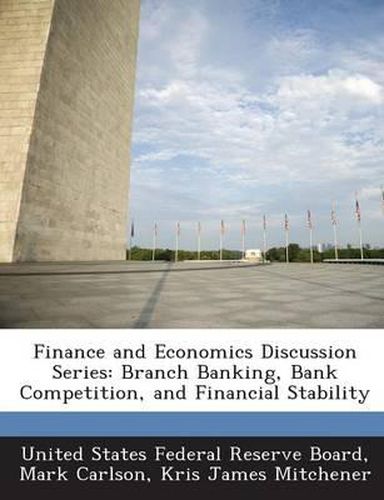Readings Newsletter
Become a Readings Member to make your shopping experience even easier.
Sign in or sign up for free!
You’re not far away from qualifying for FREE standard shipping within Australia
You’ve qualified for FREE standard shipping within Australia
The cart is loading…






It is often argued that branching stabilizes banking systems by facilitating diversification of bank portfolios; however, previous empirical research on the Great Depression offers mixed support for this view. Analyses using state-level data find that states allowing branch banking had lower failure rates, while those examining individual banks find that branch banks were more likely to fail. We argue that an alternative hypothesis can reconcile these seemingly disparate findings. Using data on national banks from the 1920s and 1930s, we show that branch banking increases competition and forces weak banks to exit the banking system. This consolidation strengthens the system as a whole without necessarily strengthening the branch banks themselves. Our empirical results suggest that the effects that branching had on competition were quantitatively more important than geographical diversification for bank stability in the 1920s and 1930s.
$9.00 standard shipping within Australia
FREE standard shipping within Australia for orders over $100.00
Express & International shipping calculated at checkout
It is often argued that branching stabilizes banking systems by facilitating diversification of bank portfolios; however, previous empirical research on the Great Depression offers mixed support for this view. Analyses using state-level data find that states allowing branch banking had lower failure rates, while those examining individual banks find that branch banks were more likely to fail. We argue that an alternative hypothesis can reconcile these seemingly disparate findings. Using data on national banks from the 1920s and 1930s, we show that branch banking increases competition and forces weak banks to exit the banking system. This consolidation strengthens the system as a whole without necessarily strengthening the branch banks themselves. Our empirical results suggest that the effects that branching had on competition were quantitatively more important than geographical diversification for bank stability in the 1920s and 1930s.